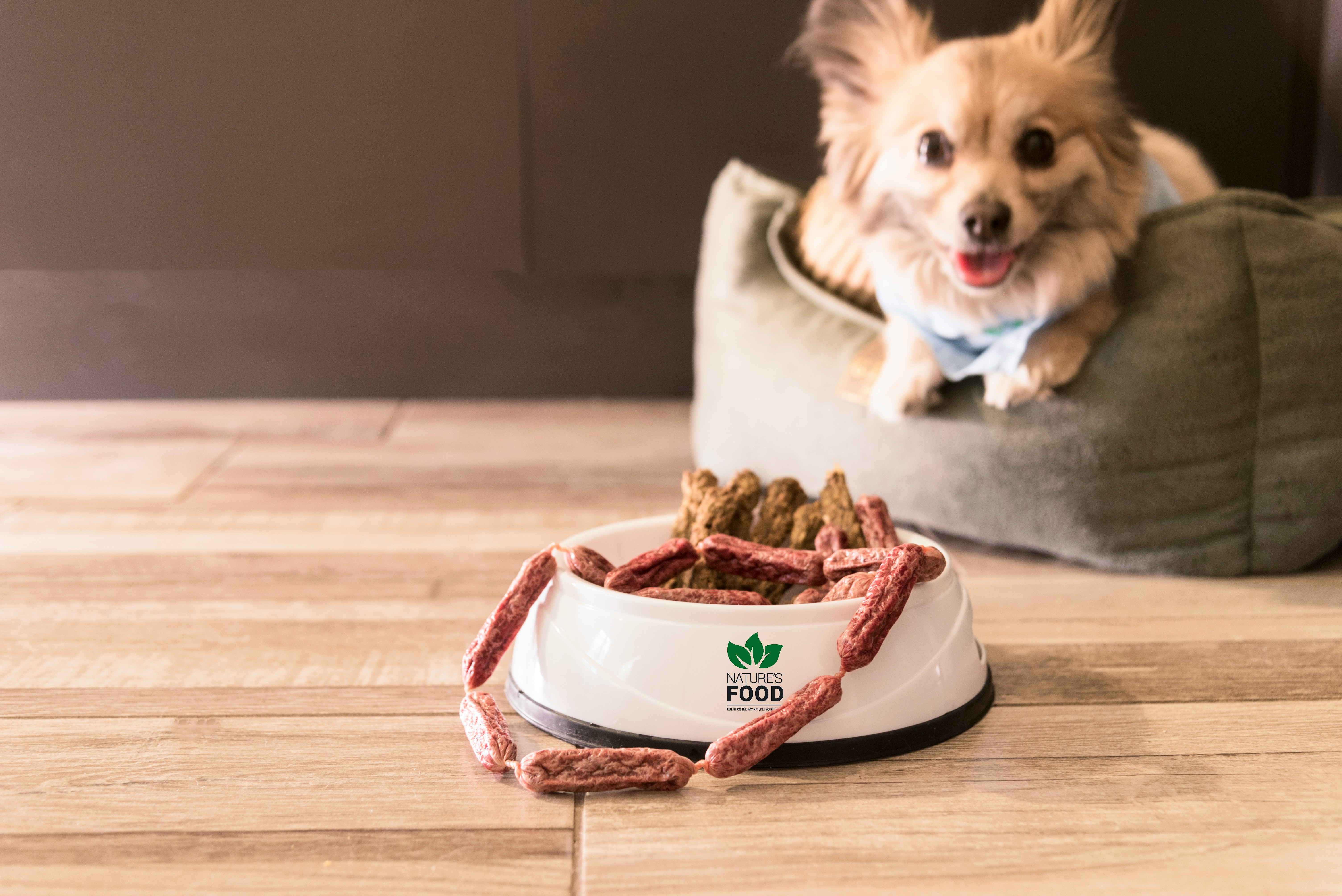Pet Sitting: How to Arrange Care for Your Pet at Home
Pet sitting is a service where a caregiver stays in or visits your home to care for your pet while you’re away. It can include feeding, walking, cleaning litter boxes, administering medication, and maintaining normal routines to reduce stress for the animal. Choosing pet sitting over boarding can keep a dog or cat in a familiar environment, preserve daily habits, and reduce exposure to other animals. Whether you need help for a single afternoon, a weeklong trip, or recurring visits, understanding how pet sitting works helps protect your pet’s wellbeing and gives you clearer expectations when contacting local services.

What is pet sitting and how does it differ from boarding?
Pet sitting typically involves a sitter visiting or staying at your home to care for a pet in its usual environment. Boarding usually means taking a dog or cat to a facility, kennel, or the sitter’s home. Pet sitting preserves the animal’s familiar surroundings and routines, which can lower stress for many pets, but it requires trust in someone entering your home. Visits can be scheduled several times per day or include overnight stays, depending on needs. Services often cover feeding, playtime, bathroom breaks, basic grooming, and monitoring any health or behavioral changes.
How to choose a dog sitter who fits your needs
When selecting a sitter for a dog, verify experience with dogs of similar size and energy, ask for references, and confirm vaccinations for any dogs the sitter may bring into your home. Discuss walk length, leash practices, and how the sitter handles recall or behavioral issues. Look for clear communication channels, written agreements on duties and emergency procedures, and insurance or bonded status if available. A brief meet-and-greet lets you see how the dog responds and gives the sitter the chance to learn routines, feeding amounts, and preferred walking routes.
Preparing your cat for a pet sitter visit
Cats often respond well to minimal disruption, so preparing clear instructions helps maintain stability. Leave detailed feeding schedules, litter box locations, hiding spots, and notes on favorite toys or calming techniques. If medication is required, provide labeled doses and demonstrate administration. Consider leaving a worn T-shirt with your scent or an item that comforts the cat. Ask the sitter to report behavior changes and to keep visits quiet and predictable. For shy cats, shorter, more frequent visits may be less stressful than long, infrequent ones.
Keeping routines stable at home during care
Maintaining familiar routines supports an animal’s emotional balance. Share precise feeding times, exercise schedules, and sleep arrangements with the sitter. If your pet uses specific commands or has crate training, detail these systems so consistency is preserved. Provide emergency contact information, your veterinarian’s details, and permission for medical treatment if necessary. Clear written instructions reduce miscommunication and help the sitter follow your expectations for discipline, play, and any house rules involving access to rooms or furniture.
Health and safety considerations for any animal in care
Safety is a top priority: ensure the sitter understands allergies, chronic conditions, and signs of distress for your pet. Keep hazardous items out of reach, secure yards and gates, and explain any escape-prone behaviors. For animals with health needs, document medication names, dosages, and administration schedules. Discuss protocols for emergencies, including preferred veterinary clinics and authorization limits on treatments. Verify that sitters have basic first-aid knowledge for pets or know whom to contact in an emergency, and consider whether the sitter carries liability insurance or bonding for added protection.
Conclusion
Pet sitting offers a way to keep a dog, cat, or other animal comfortable in its own home by preserving routine and minimizing stress. Good preparation—clear instructions, a meet-and-greet, and an agreed plan for emergencies—helps both pet and sitter. Whether you choose drop-in visits or overnight stays, prioritizing communication and safety makes home-based care a practical option for many pet owners.






